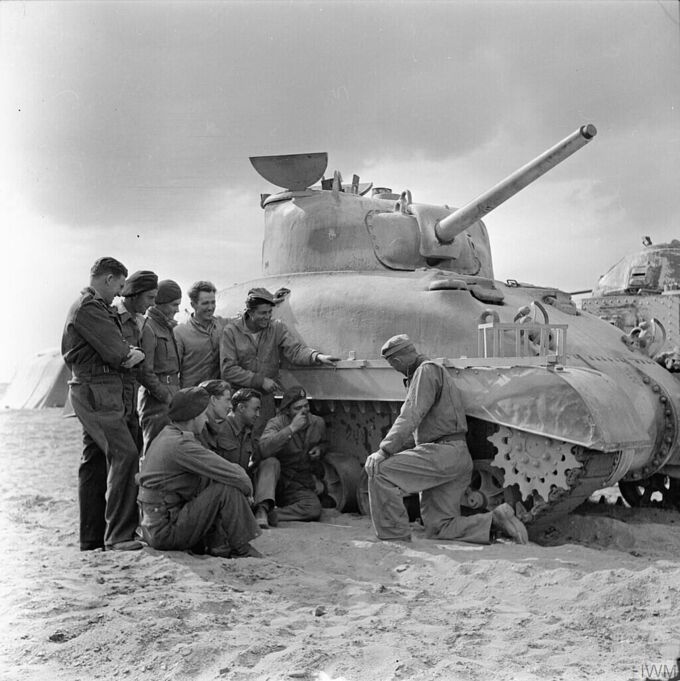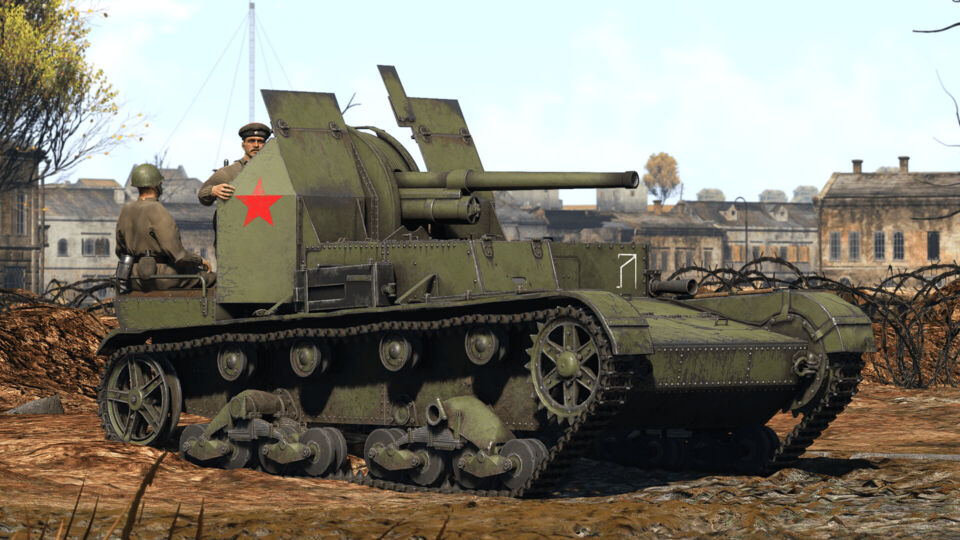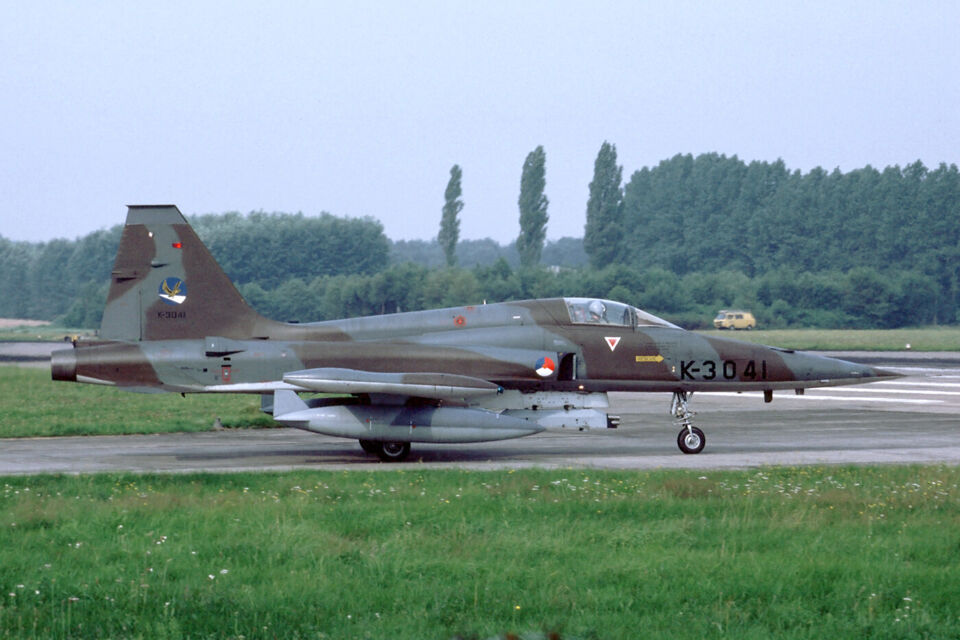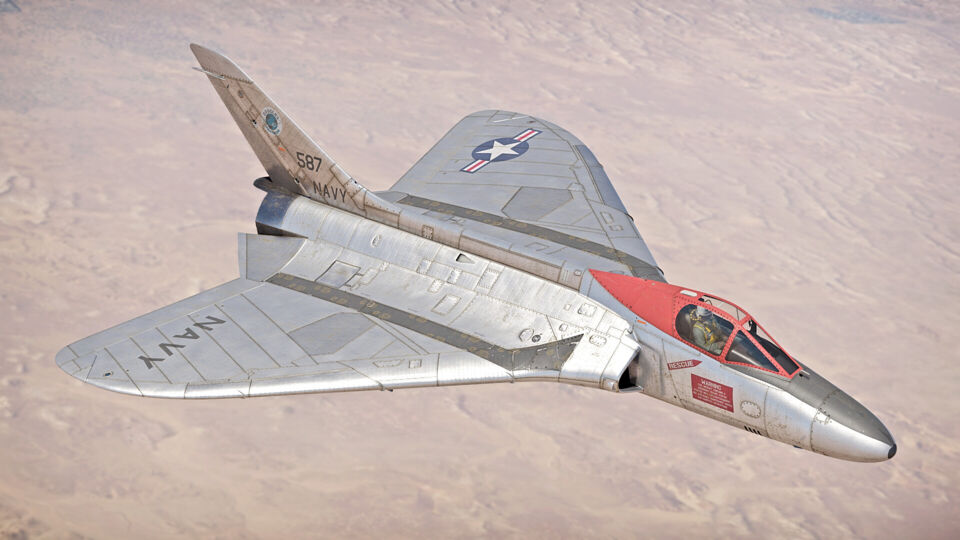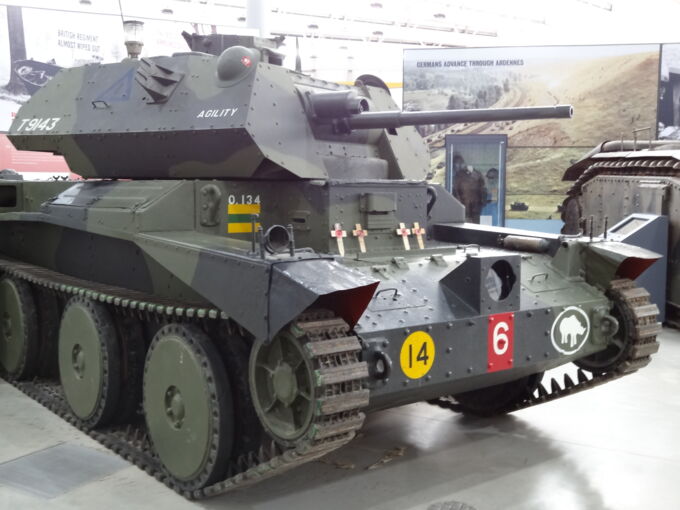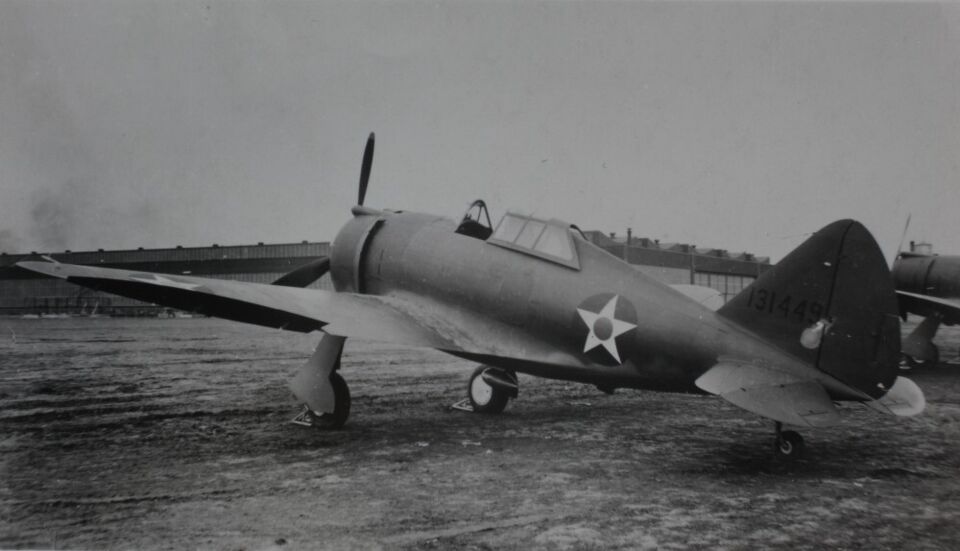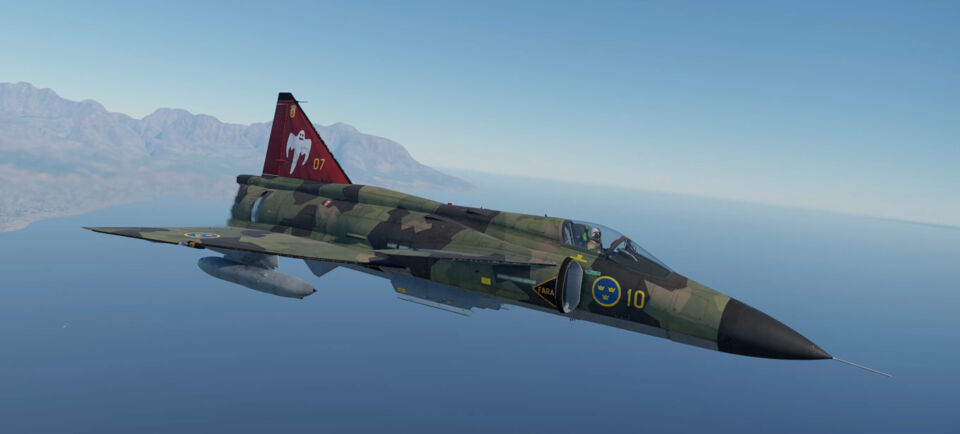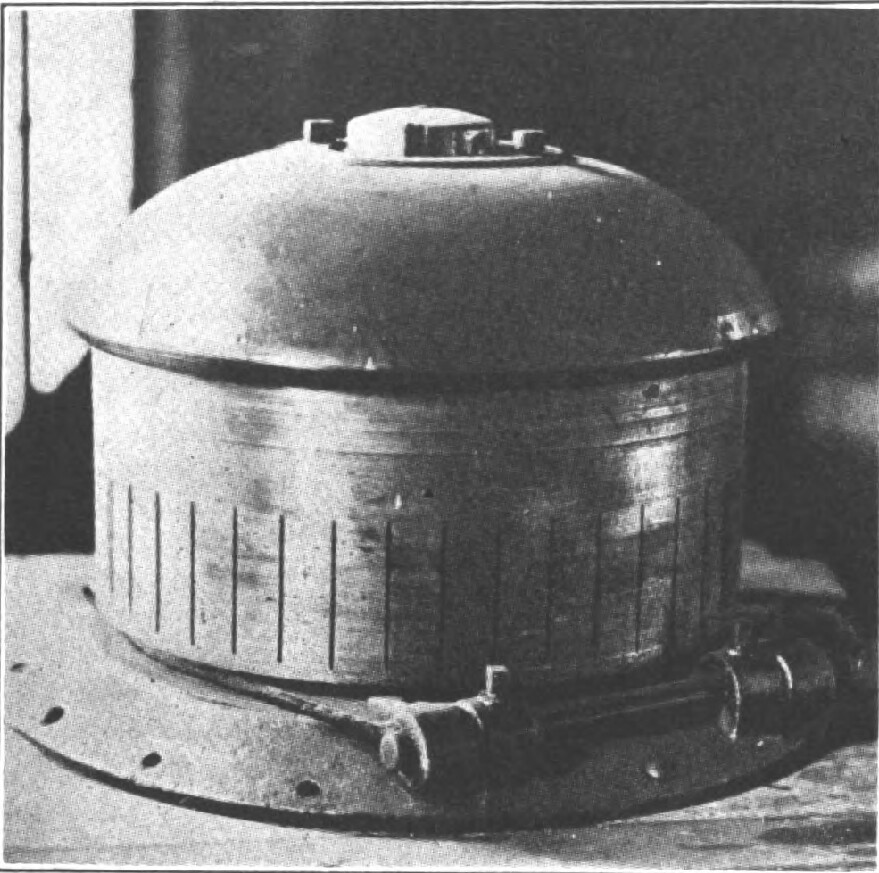#history
During the Second World War, there is no doubt that Germany led the world in military designs and innovations. However, in the years after the war, a near legendary status has surrounded Germany’s tanks, with names such as the Panther, Tiger I and King Tiger (and, of course, the redoubtable Maus) all coming to mind as nearly indestructable fighting machines. But was this actually the case? Were Panzers as amazing as we have been led to believe, and how have they gained such a formidable reputation?
During the Second World War, Britain found itself in a pickle. Domestic factories were unable to produce enough suitable tanks fast enough for the British Army to be able to fight in North Africa and beyond. Similarly, the lessons of the Fall of France, as well as the enormous loss of heavy equipment — albeit somewhat obsolete anyway; meant that the Ministry of Defence was forced to look across the pond to the United States for support.
The NF-5A aircraft were acquired by the Netherlands in the late 1960s to replace the ageing F-84F Thunderstreaks that were still serving in the strike and close-support role within the Royal Netherlands Air Force (KLu). The Netherlands initially considered multiple fighter-bomber options, including the Mirage III, but ultimately selected the F-104G for interceptor duties. A second procurement program was then launched to find a more affordable tactical fighter to support ground forces, leading to the choice of a uniquely Dutch variant of the F-5 Freedom Fighter.
The F4D-1 is the only carrier-capable delta-winged fighter which was employed by the US Navy. The plane itself represents the era of early jet aviation when designers experimented with unusual solutions. In the game, the F4D-1 Skyray differs significantly from other jet fighters and aircraft with similar wings. Like the latter, it can turn sharply toward the enemy, and it carries good weapons. However, its low maximum speed is disappointing, and like other delta wings, it quickly loses energy. So, how do you play it?
The A13 series of tanks was a range of similar British cruiser tanks produced just before, and for the first few years of, the Second World War. They adhered almost single-mindedly to the doctrine of speed and mobility above all else, meaning they were quickly outclassed by newer designs on both sides. Despite this they had a strong impact on the development of British tanks for several years and were a mainstay of the British Army’s tank units in the opening years of the war.
The Republic P-43 Lancer, introduced in 1940, was a transitional American fighter that bridged the gap between prewar designs and the more advanced aircraft of World War II. It offered respectable high-altitude performance for its time, along with decent armament, similar to its more popular successor, the P-47 Thunderbolt. The P-43 provided valuable experience in high-altitude operations and combat testing, with some serving in China under the American Volunteer Group and later the Chinese Air Force.
The Starfighter, the Lawn Dart, the Widowmaker, the Missile with a Man it it; regardless of what you may know it as, it’s impossible to deny its influence on military aviation. The first mass-production airframe to ever reach Mach 2, the F-104 was, and still is, used across the globe by both numerous national air forces and private owners alike. Its design echoed the role it was made for, trading complexity and a wide selection of ordnance for a simple design, made for raw speed. While its many nicknames earned it the dubious honor of being an accident-prone aircraft in popular media, it was still an incredibly unique and capable fighter for its time, only being roughly matched in speed by the MiG-21 a few years later.
The Swedish AJ37 Viggen is a strike aircraft boasting a deadly armament of missiles and guns, combined with an extremely powerful engine. In the hands of a good pilot, it can cause chaos on the ground forces below. It is a huge upgrade from the previous strike aircraft in the Swedish tech tree, the A32A Lansen, with much better capabilities including its weaponry, radar, RWR, and more.

